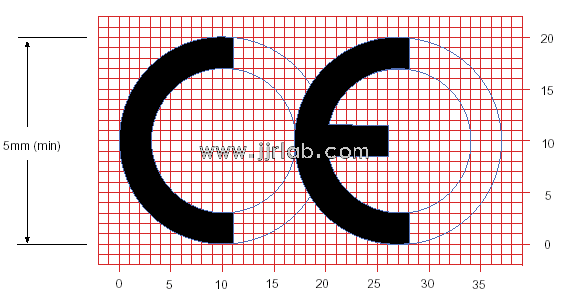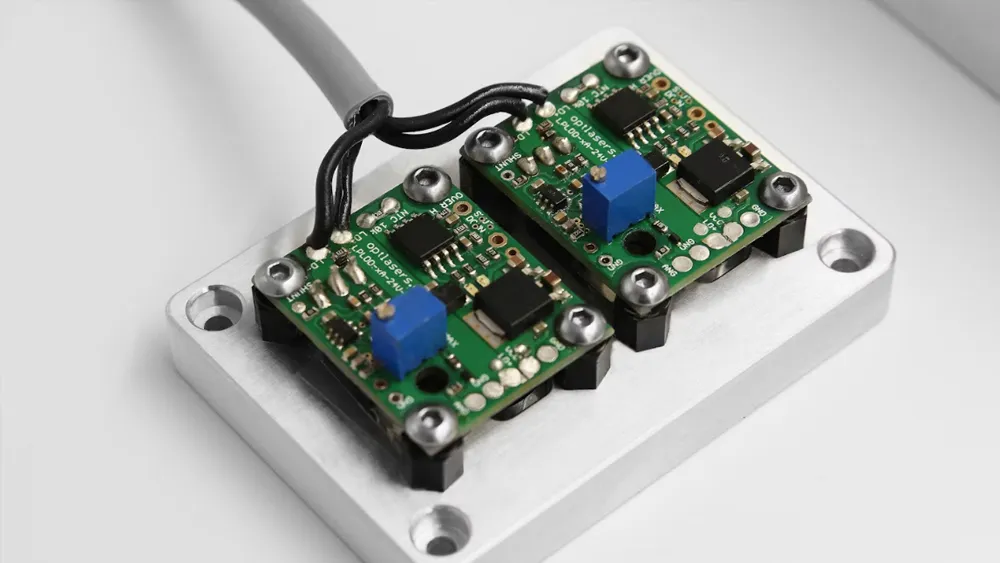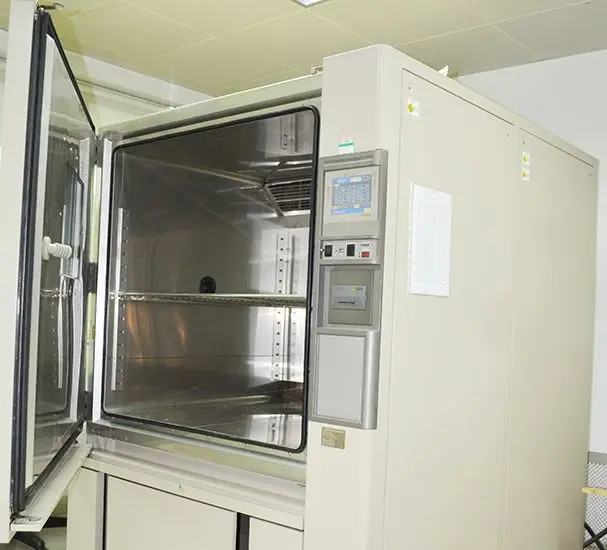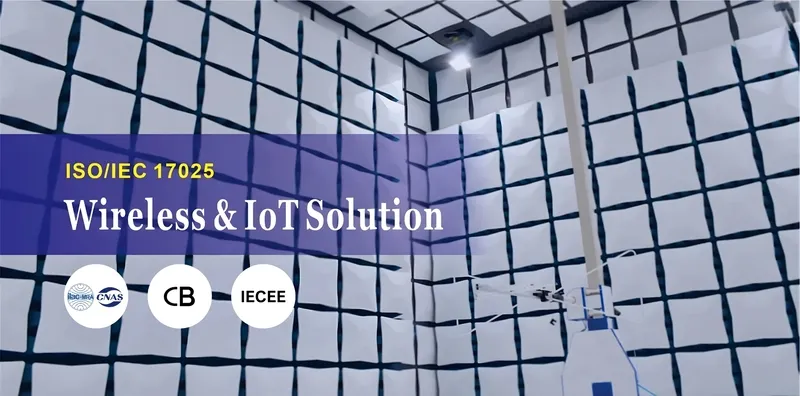
What is CE RED Certification test?
Introduction to ce red Certification:
Before wireless products can be legally sold in EU countries, they must undergo testing and receive approval according to the Radio Equipment Directive (RED). CE-RED certification is specifically related to the Radio Equipment Directive, which was published in the EU Official Journal on May 22, 2014, and replaced the Radio and Telecommunications Terminal Equipment (R&TTE) Directive on June 12, 2016. Manufacturers with products compliant with the R&TTE Directive were allowed to follow the Radio Equipment Directive for an additional year. The EU mandates that wireless remote control products and communication products comply with the RED Directive (1999/5/EC) requirements. The new Radio Equipment Directive follows the 2014/53/EU requirements (RED Directive) and has been enforced since 2016.

Key Points about CE-RED Certification:
1. The RED product scope includes only wireless communication and wireless identification devices (such as RFID, radar, and mobile detection). Radio frequency devices not used for communication or identification fall under the control of the Electromagnetic Compatibility (EMC) Directive and low voltage directive (LVD).
2. Wired communication terminal equipment (TTE) is no longer included, so the RED Directive applies only to wireless products.
3. Wireless broadcast receivers are now covered under the RED Directive, previously covered by the EMC and lvd directives.
4. The lower frequency limit under the directive has been removed (the R&TTE Directive previously started at 9 kHz), while the upper limit remains at 3000 GHz.
5. The assessment opinions from notified bodies have been replaced by a "Type Examination Certificate."
6. Manufacturers can only use the CE mark with a notified body number if their quality system has been evaluated by a notified body (FULl Quality Assurance – Type H).
7. The requirement for notifying national spectrum agencies for Class 2 devices is no longer needed.
8. The identification of Class 2 devices is no longer required, but restricted usage in certain countries must still be indicated on the product packaging.
9. The CE mark is no longer required in user manuals, but the manual must specify the frequency bands and transmission power used.
10. Kits for personal assessment are no longer regulated (i.e., no need for RED certification).
11. The new directive requires the use of a standardized charger.
12. The manufacturer's and importer's address and contact information must appear on the device, or in the user manual if the device is too small.
Scope of CE-RED Certification:
1. Short-range wireless remote control products (SRD) such as remote control toy cars, remote doorbells, remote switches, remote MICe, keyboards, etc.
2. Professional mobile radio (PMR) products, such as professional wireless walkie-talkies and wireless microphones.
3. Wireless telephones CTO, CT1, CT1.
4. ISDN (digital products).
5. DECT (enhanced digital wireless products).
6. Mobile phone GSM, CDMA testing.
7. Bluetooth products, such as Bluetooth headsets.
8. Inductive data transmission devices with a working frequency of <9 kHz.
9. Wireless broadcast receiver equipment.
CE-RED Testing Items:
1. Electromagnetic compatibility testing (EMC testing).
2. Safety testing (LVD), which is required for RF products powered by batteries under the new directive.
3. Radio communication equipment testing according to European ETSI standards (RF testing).
4. Notification of European permitted spectrum information.
5. CTR (TBR) testing.
6. Electrical safety and health protection testing (SAR evaluation).
China's JJR Laboratory provides CE-RED certification services. The laboratory, located in China, can help companies save up to 30% on certification costs.
Email:hello@jjrlab.com
Write your message here and send it to us
 How to get the MSDS Report for Electronic Cigarett
How to get the MSDS Report for Electronic Cigarett
 Prop 65 Warning on Appliances
Prop 65 Warning on Appliances
 Apparel Heavy Metal Testing
Apparel Heavy Metal Testing
 Can You Conduct Lab Tests to UL Standards
Can You Conduct Lab Tests to UL Standards
 What Products Are Affected by Prop 65?
What Products Are Affected by Prop 65?
 CPSIA Compliance for Children's Products
CPSIA Compliance for Children's Products
 Children's Products Canadian Requirements
Children's Products Canadian Requirements
 What is a CE EU Authorized Representative
What is a CE EU Authorized Representative
Leave us a message
24-hour online customer service at any time to respond, so that you worry!




